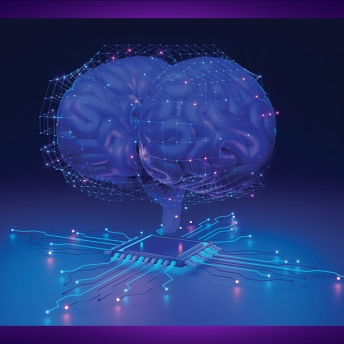Michael Papadopoulos
Principal
Chief Architect, Digital Problem Solving
Michael is a strong advocate of the DevOps culture and agile principles, with demonstrated experience applying both in challenging global environments. Coming from a development background, he remains highly technical, with hands-on involvement.

Education
Past Experience

Michael, a principal, is the chief architect at Arthur D. Little in the London office.
Michael is passionate about designing the right solutions using smart-stitching approaches, even when elegance and architectural purity are overshadowed by practicality.
Michael leads the scaling of multidisciplinary organizations by focusing on continuous improvement, establishing quality standards and solid software engineering practices. He mentors team members, leaders and managers along the way.
In solving intractable problems, Michael is a strong advocate of the DevOps culture and agile principles. Michael has demonstrated experience in solving problems in challenging global environments. Coming from a development background, Michael remains highly technical, with hands-on involvement in code review, design, architecture, and operations.
Michael has 15 years of experience in technology and digital consulting and has worked in a variety of sectors, including telecom, gaming, energy, and media.

Taking control of AI

Tightening the data belt

Excelling in a software-driven future

The Metaverse, beyond fantasy

Winning the war for digital talent

METAVERSE - THE NEXT DIGITAL REVOLUTION FOR BUSINESS?

Unleashing innovation using low code/no code – The age of the citizen developer

Why machine learning is crucial

Embrace the shadow

Michael, a principal, is the chief architect at Arthur D. Little in the London office.
Michael is passionate about designing the right solutions using smart-stitching approaches, even when elegance and architectural purity are overshadowed by practicality.
Michael leads the scaling of multidisciplinary organizations by focusing on continuous improvement, establishing quality standards and solid software engineering practices. He mentors team members, leaders and managers along the way.
In solving intractable problems, Michael is a strong advocate of the DevOps culture and agile principles. Michael has demonstrated experience in solving problems in challenging global environments. Coming from a development background, Michael remains highly technical, with hands-on involvement in code review, design, architecture, and operations.
Michael has 15 years of experience in technology and digital consulting and has worked in a variety of sectors, including telecom, gaming, energy, and media.

Taking control of AI

Tightening the data belt

Excelling in a software-driven future

The Metaverse, beyond fantasy

Winning the war for digital talent

METAVERSE - THE NEXT DIGITAL REVOLUTION FOR BUSINESS?

Unleashing innovation using low code/no code – The age of the citizen developer

Why machine learning is crucial

Embrace the shadow
More About Michael
- University of EssexB.Eng (1st Class) Computers & Networks
- App-ArtProduct architect
- mSensisProduct architect